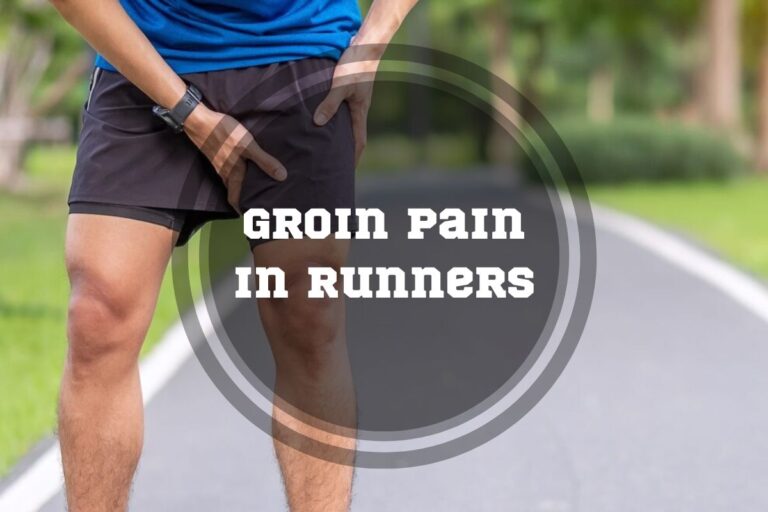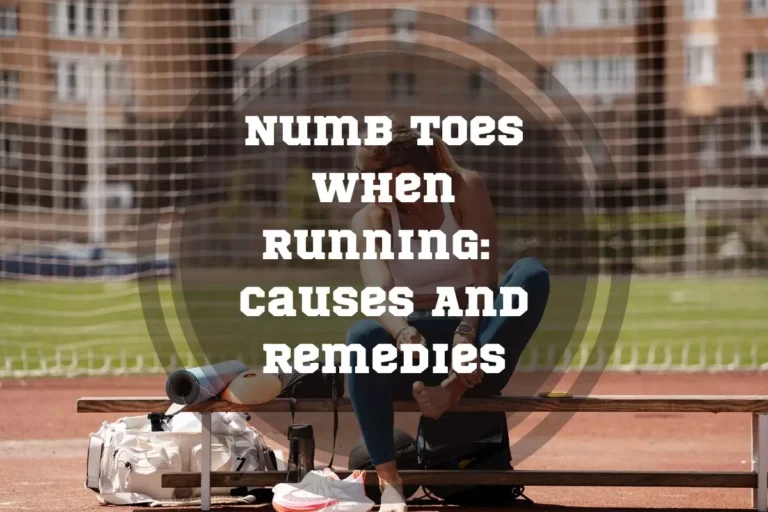Runner’s Toenails Falling off: Causes, Prevention, Treatment
What are the reasons leading to runner’s toenails falling off? As running distances increase, so do the occurrences of runners suffering from broken and cracked toenails. Toenail loss is an issue that can range from mild cases that cause minor discomfort to serious and even painful conditions that need medical attention.
This blog post will provide information on why this issue arises in runners, signs and symptoms associated with it, treatment options, and prevention tips. With just these few steps you can start on the path towards avoiding potential nail problems!
Why Does My Toenail Keep Falling Off?
Runner’s toenails falling off? Repetitive trauma caused by running could lead to discolored, painful nails. Sweaty socks and dirty shoes along with tight laces are some other potential factors that lead to runners losing toenails. Toenail loss is best treated with professional medical help rather than attempting self-treatment at home.
Why Do Runners’ Toenails Fall Off: Main reasons
Sometimes, running results in a gradual flaking and loosening of the nail. Runners can be at risk of toenails falling off after a run due several reasons. Let’s discuss them in more details:
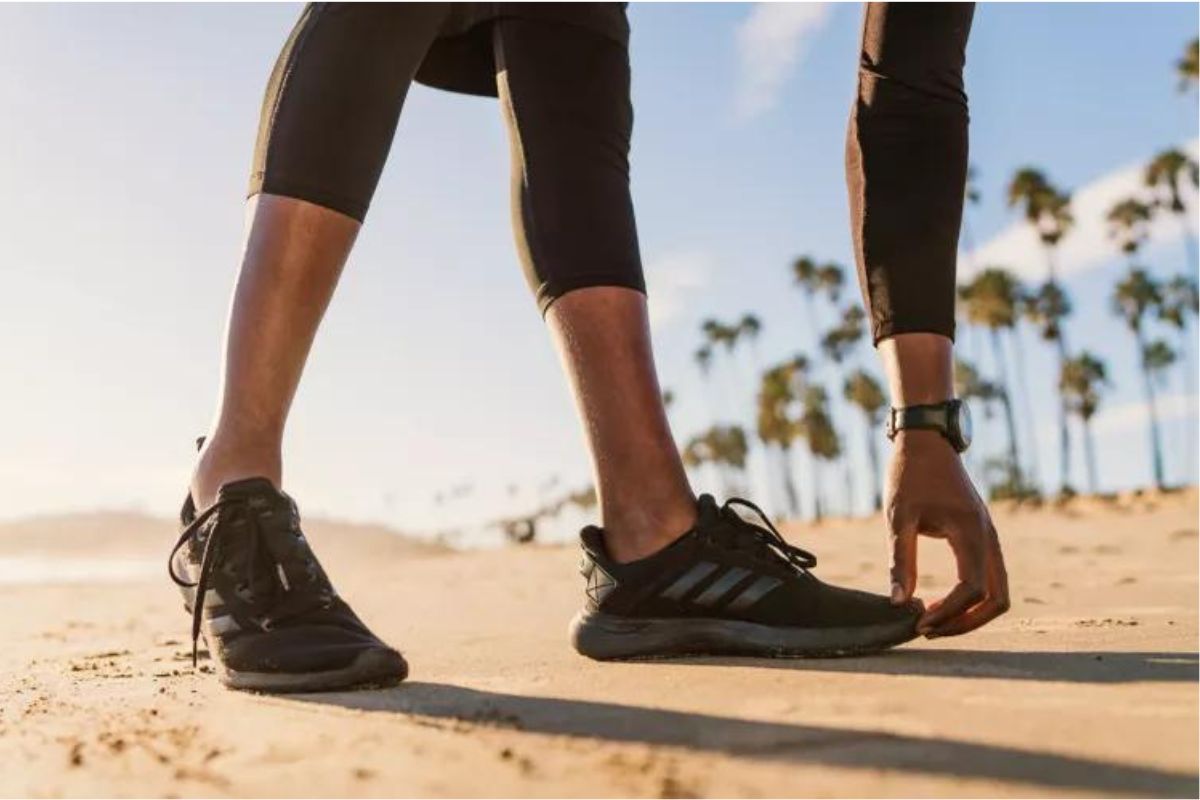
1. Excessive Pressure on the Toes while Running
For runners, excessive pressure on the toes while running can be an issue that results in toenails falling off. Each stride puts stress on the toenail as it flexes and pushes against a shoe with each forward motion.
This mounting strain on the toe is what leads to a “runner’s toe,” also known as subungual hematoma, where repeated trauma causes bruising of the nail bed, weakening and loosening its connection from the root.
2. Ill-Fitting Running Shoes
Shoes that are too small or narrow in the toe box can put pressure on the toes, resulting in repeated trauma to the nails that could eventually lead to flaking, bruising, or complete detachment.
The contact between a tight shoe and a nail can disrupt blood circulation, leading to throbbing pain as well as discoloration, swelling, or blackening around a runner’s nail bed.
3. Tight Laces
Why does my toenail keep falling off despite wearing the right shoes? Tight laces can contribute to an increased pressure on the toes when running, which, over time, leads to microtraumas and the loosening of the nail from its bed. These injuries are incredibly common in runners.
Tight laces produce an uncomfortable squeeze that not only causes discomfort but also upsets proper circulation from propelling forward with each stride. Sweaty socks or dirty shoes combined with tight laces can further increase this squeezing effect, leading to potential separation of a runner’s toenail from its bed and causing it to loosen or even fall off completely.
Why Can Toenail Loss Be a Problem for Runners?
Runners often put their bodies under intense physical stress and one of the most common affected areas can be the toenails. Toenail loss, also known as onychoptosis, is a painful condition that can occur due to prolonged levels of pressure exerted while running.
This accumulated trauma can cause blood to collect beneath the nail plate, eventually leading to separation from the toe. People who run in poorly-fitting or unsupportive shoes are more likely to experience this issue when pinky toenail falls off with no pain. It could affect running performance and training progress for an indefinite time span.
Runners may also face problems besides pain and discomfort. For instance, small microtraumas inflicted during runs cause fungal infections — especially if runners are not mindful of proper foot hygiene after each session.
3 Signs of Toenail Problems in Runners
Runners may experience several symptoms that indicate a problem with toenails health:
1. Discolored Toenails
Discolored toenails in runners are a common symptom that can be caused by various factors. Sweaty socks, dirty shoes, and impact from running can all contribute to discoloration of the toenail.
Melanonychia (brown lines on the nails) is an example of nail discoloration, which is not typically accompanied by other symptoms. To prevent discolored nails while running it is important for runners to wear proper fitting running shoes and socks as well as ensuring laces are adjusted properly for fit.
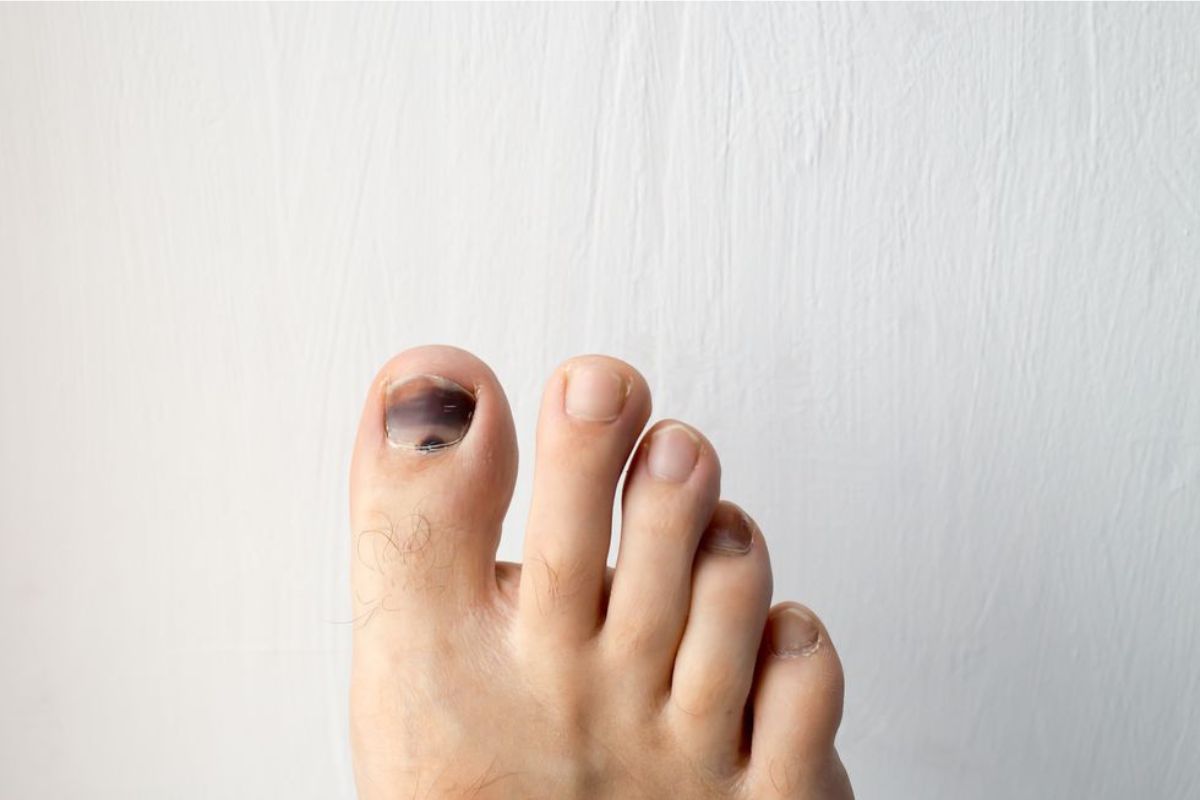
2. Loose or Detached Toenails
Repeated stress from running can cause runners to suffer from loose or detached toenails. This is due to inadequate blood flow and nutrition, which can eventually lead to the nail falling off.
Similarly, distance runners often experience thick nails, bruises underneath the nail, collection of debris under the nail (subungual debris) and even complete loss of a toe-nail secondary to excessive trauma.
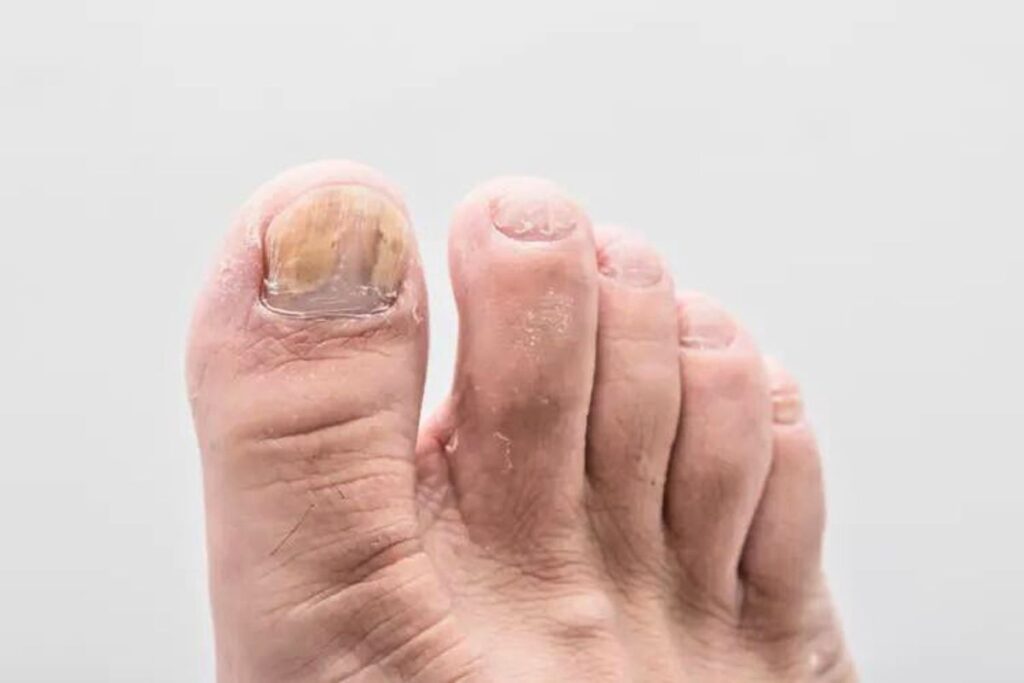
3. Pain and Discomfort
Runner’s toe, or subungual hematoma, is a common injury caused by toenail trauma affecting the runners. When repeated rubbing against the front of your shoes occurs over time, it can lead to pressure building up underneath the nail.
This causes throbbing and intense pain, which can become unbearable if not addressed properly. Not only will you experience discomfort while running but there could also be signs of bleeding under the toenail in addition to discoloration turning black or dark brown from bruising.
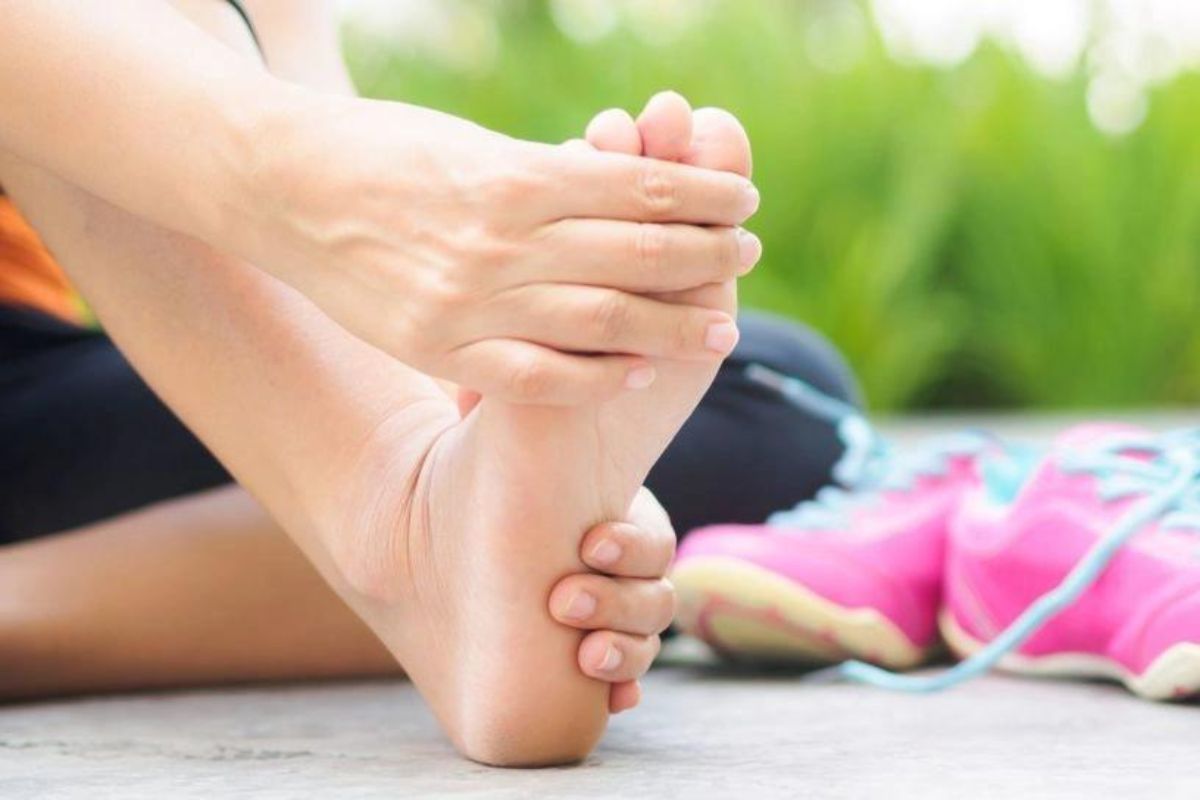
6 Tips How to Treat a Toenail Problem for Runners
Read on to find out more about how you can treat your toe nail falling off after running.
1. Avoid Pulling or Forcing off a loose Nail
Pulling off a loose nail can be extremely painful, and it is important that runners avoid doing so, as it can rip the nail bed and cause bleeding, scarring, and infections to form.
Moreover, pulling off a loose nail slows down recovery time and could even prevent the nail from ever growing back properly.

Pro Tip:
It’s often best practice to seek out professional medical help for such treatments rather than attempting to manage it yourself.
2. Keep the Affected Toe Clean and Dry
Sweating, dirt, debris, and moisture can worsen the condition of a toenail that has become loose or detached due to running. It is essential for runners to keep their feet as sanitary as possible by washing them daily with soap and water.
Additionally, you should apply powder between toes after washing in order to absorb excess moisture that can attract bacteria under the nail.
3. Soak the Toe in Warm Water
Soaking the toe in warm salt water can help treat toenail problems and provide temporary relief for runners. When soaking the foot, use lukewarm water and a pinch of Epsom salts or sea salt.

Pro Tip:
The temperature should be comfortable enough for your fingertips — if it is too hot, your skin will become irritated. Leave the foot submerged in this solution for 20 minutes several times a day for 3 days at minimum.
However, you can extend this duration or frequency depending on how severe the issue may be.
This allows plenty of time for healing as it reduces inflammation while loosening any hardened skin around the nail that may have caused discomfort or irritation initially.
Subscribe to Our Running Newsletter!
Get free running tips from renowned professional athletes and discounts from top-notch brands.
4. Properly Trim the Nail
Regularly trimming your nails can help prevent them from extending too far beyond the length of your toe and potentially causing an ingrown toenail. When trimming, it’s important to cut straight across the nail rather than rounding off the edges as this increases the likelihood of having an ingrown nail.
Properly trimmed nails make it more comfortable for runners to put on their shoes and lace them up tight without feeling excessive pressure from overly long or even curled over nails.
5. Use Antifungal Creams or Treatments
Topical medications like amorolfine and ciclopirox are often used for managing minor infections of the nail plate, while over-the-counter topical medications might not penetrate deeply enough for treatment of deeper infections.
For such cases, doctors may prescribe antifungal creams including efinaconazole and tavaborole as well as oral medications and prescription-strength topical treatments. However, be sure to always consult your doctor before taking any medications.
6. Seek Medical Attention for Severe Symptoms
It is important for runners to pay attention to any severe symptoms they may experience with their toes or nails. If a runner notices discoloration, pain, discomfort and/or loose or detached toenails, it’s important for them to seek medical attention as soon as possible.
This is especially true if the problem persists despite treatment at home, such as soaking in warm water and using antifungal creams. The sooner you seek professional medical assistance, the more likely you will be able to treat underlying infections that could potentially cause further damage.
How to Avoid the Problem of Flaking or Losing Toenails for Runners?
Runners can avoid losing toenails by following 4 simple tips for a more comfortable run:
1. Keep Toenails Trimmed
It is essential for runners to maintain proper toenail length. Overgrown nails can lead to problems such as discomfort or even infection-causing bacteria being trapped underneath them. It can be detrimental in an activity like running, where hygiene and foot health are important factors in performance.
Ideally, runners should find the balance between having too short nails which cause pain when impacting the ground and not too long. It helps to avoid snagging your footwear, causing trauma, or trapping dirt and microorganisms beneath them.
2. Wear Proper-Fitting Running Shoes
Avoiding foot sliding by wearing proper fitting running shoes plays an important role in preventing toenail loss. Wider shoes may seem comfortable at first, but they do not provide the necessary support for the feet when taking sharp turns or running on uneven terrain.
Shoes with less cushioning can also be a cause of pain and can increase pressure on certain parts of your feet, leading to problems like blisters or thickened nails.
3. Use Running Socks
Running socks are an important part of protecting your feet, toes, and toenails. Thick running socks have more cushioning which offer better protection from pressure on the toe area when running.
They also help keep the foot dry by wicking away sweat and providing ventilation for greater comfort during a run. Additionally, taping your toenails can be beneficial in case of injury, as it can protect them from further damage or loss.
4. Adjust Laces for Proper Fit
Adjusting the laces on your shoes can be a helpful first step in preventing toenails falling off after running. Properly adjusting the laces helps keep the toes securely against the sole of your shoe. It means there is less impact on the nails and also less movement of your feet causing friction that might lead to blisters or abrasion.
Protecting Toenails after Injury
After a traumatic or tough workout, runners may experience pain and swelling in the affected toenail. It is important to properly care for your toenails if they are injured, as it can help prevent infection from setting in and further damage occurring.
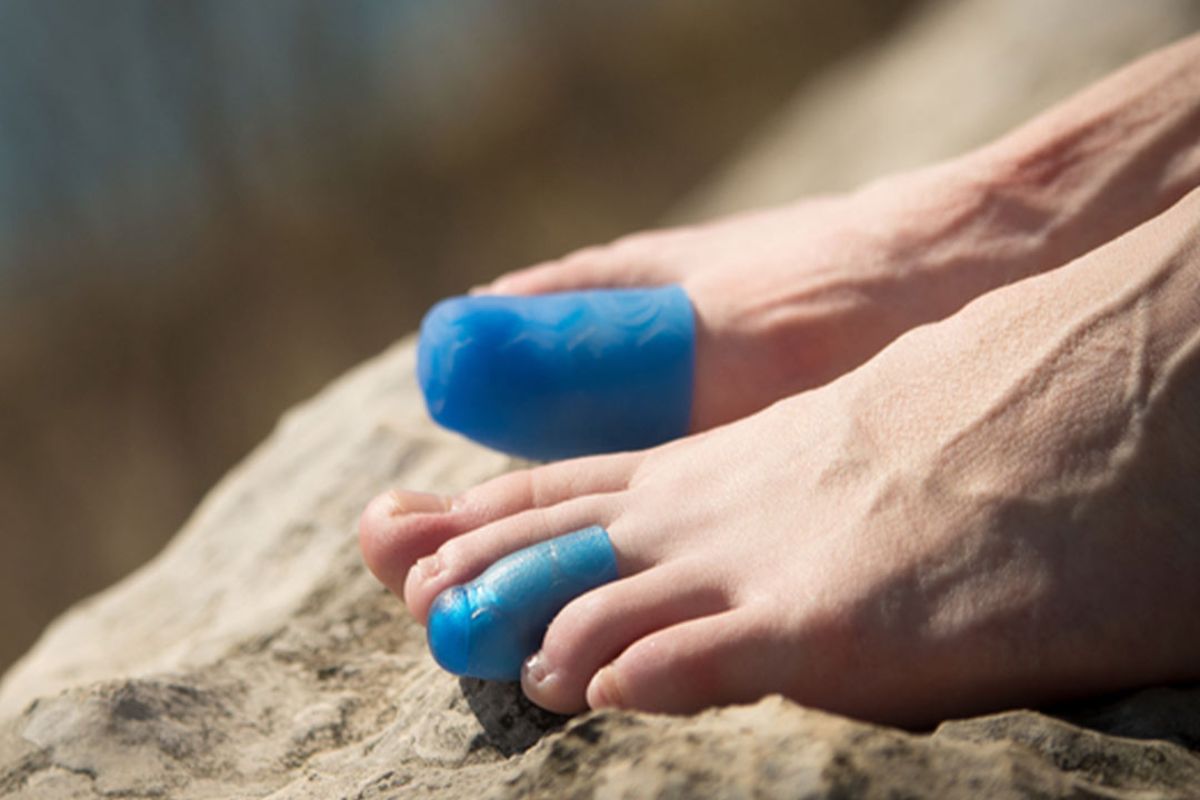
One way of protecting an injured nail is by using silicone or gel toe caps, which cushion the surrounding area and protect the nail from further trauma.

Pro Tip:
Ensure any protective caps remain clean and dry. Soak them overnight in a mixture of equal parts water and white vinegar every few days then wash with soap before re-applying them during the recovery process.
Keeping your feet clean is essential too. Always change out of sweaty socks after exercise to reduce moisture levels around your nails which can hinder healing.
Frequently Asked Questions about Losing Toenails from Running
Will My Toenail Grow Back if It Falls off from Running?
The answer is usually yes. It takes approximately 6-9 months if your big toenail fell off to completely grow back, though it varies depending on factors such as age and overall health.
What to Do After Toenail Falls off while Running?
Keeping the toe clean, applying an antiseptic, and protecting it with a bandage are all important steps in treating the injury. Additionally, avoid activities such as walking without shoes or socks for several weeks following the incident.
Should I Remove My Toenail if It Is Falling off?
In general, it is not recommended to remove a toenail on your own if it has become loose or detached. Pulling off the nail can cause further damage due to infection or inadequate blood flow and delay healing.
Final Thoughts on Runners Toenails Falling off
Running is a great sport that offers many health benefits, but sometimes there are unintended consequences. Toenail loss in runners is one such issue, though fortunately, it’s not a common one if preventive measures are taken properly.
As with any health concern, prevention is the best way to keep running pain-free and enjoyable. Wearing good-fitting shoes can minimize excessive pressure on the toes, while cushioning running socks can help absorb force from each step.
Additionally, adjusting laces for proper fit will reduce traumatic friction on the toe nails. If despite these efforts you find yourself dealing with runner’s toe nail issues like discoloration, discomfort, or detachment, seeking medical attention as soon as possible is always recommended before symptoms worsen.
Have you ever experienced losing toenails from running? Please share your tips in the comments below.
Also Read:
- How To Manage Cramps While Running
- Is It Better To Do Yoga Before Or After Running
- Best Running Shoes For Forefoot Strikers
- Best Running Shoes For Overweight Women
- What Does Running Do for Your Body
- Will Running 20 Minutes a Day Enough
- Running on an Empty Stomach
- Are Vans Good for Running
References:
- “Damage Control: What To Know About Runner’s Toe,” Cleveland Clinic, https://health.clevelandclinic.org/how-to-prevent-and-treat-runners-toe/ (accessed October 22, 2023)
- “Runner’s Toe,” Physio Pedia, https://www.physio-pedia.com/Runner%27s_Toe (accessed October 22, 2023)
- “Subungual Hematoma,” American Osteopathic College of Dermatology, https://www.aocd.org/page/SubungualHematoma (accessed October 22, 2023).
- “What to Know About Runner’s Toe,” Web MD, https://www.webmd.com/fitness-exercise/what-to-know-about-runners-toe (accessed October 22, 2023)
- “Why Is My Big Toenail Falling Off, and What Can I Do About It?” A-Z Foot Pain, https://azfootpain.com/why-is-my-big-toenail-falling-off-and-what-can-i-do-about-it/ (accessed October 22, 2023)
If you have any questions or suggestions, you can contact us via email – [email protected]

